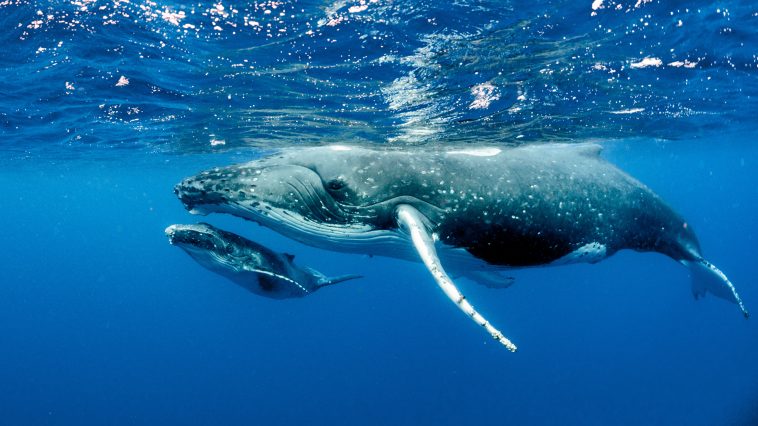The ocean is filled with countless creatures that scientists have discovered, and there’s definitely even more that we don’t know about.
According to a 2022 study, it also contains 24.4 trillion pieces of microplastics. In the past two decades, the amount of microplastics on the bottom of the ocean has tripled.
Obviously, all this pollution is harmful to marine life, but when we consider the fact that animals are actually eating the microplastic particles, it just makes the situation much worse.
At least 1,500 species have been reported to eat plastic. For instance, the whales in Hauraki Gulf in New Zealand ingest three million microplastics every day.
Furthermore, a study published in the journal Nature Communications found that blue whales can consume up to 10 million microplastics per day.
Microplastics are described as small pieces of plastic that aren’t visible to the human eye. They are less than five millimeters long and can come from various items such as plastic water bottles, bags, and food containers.
Of course, eating plastic can’t be healthy, but its effects can be more detrimental than you realize.
“Other research has shown that if plastics are small enough, they can cross the gut wall and get into internal organs, though the long-term effects are still unclear.
Plastics can also release chemicals that are endocrine disruptors,” said Shirel R. Kahane-Rapport, the lead author of the Nature Communications study.

Sign up for Chip Chick’s newsletter and get stories like this delivered to your inbox.


